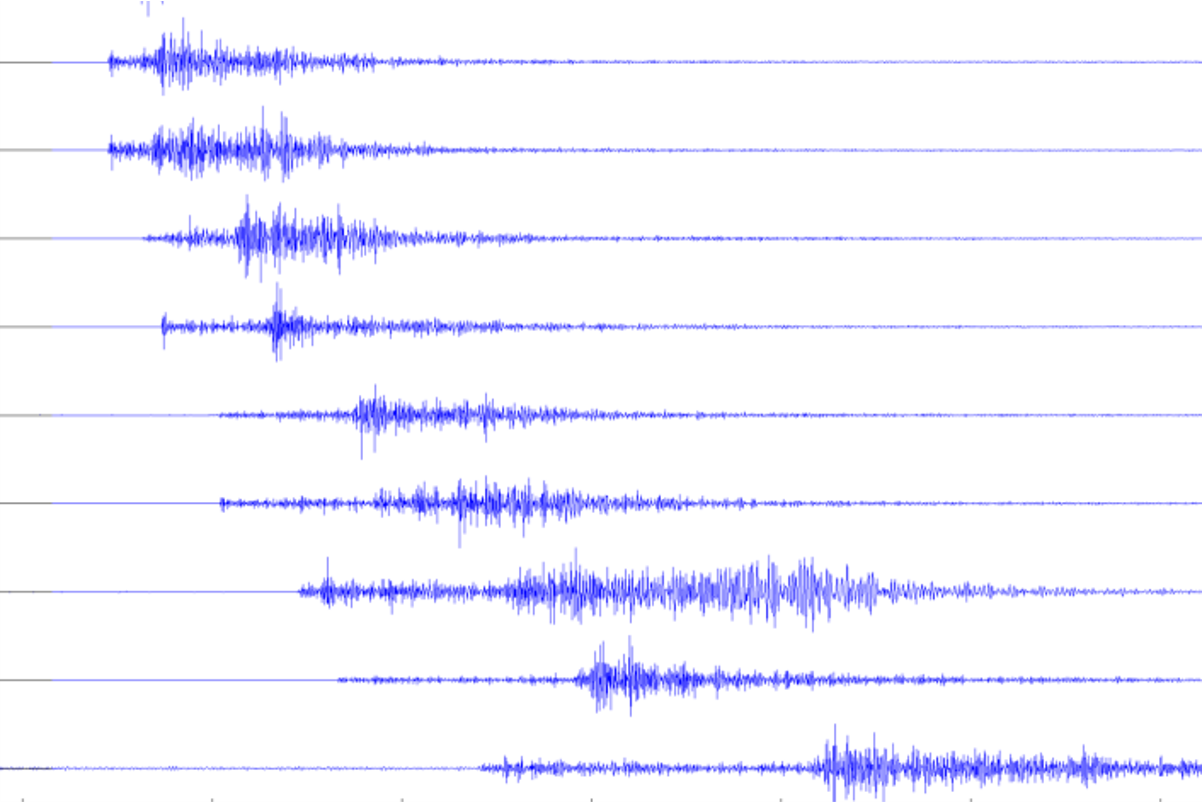It is not a surprise to see that the earthquake that hit the Northern North Sea earlier this week generated a significant amount of attention. Especially in Norway people felt the event – Equinor even closed down one of the Snorre platforms – but also in Scotland there were reports from early birds who took notice of a distant rumble. After all, an event of this magnitude (5.2) hadn’t happened for more than 30 years.
The interesting aspect to this earthquake is that caused a little bit of debate.
On Twitter, Dr Judith Hubard noted that it may have been caused by lithospheric relaxation following the Pleistocene ice ages. This was further backed up by Ciaran Nolan on LinkedIn who also argued for an ice-unloading mechanism. In support of that, he mentions that seismic activity in the Faroe-Shetland Basin is virtually absent.
At the same time, Ian Sharp from Equinor/University of Bergen suggested that the earthquake was more likely related to the Atlantic Margin, given the deep 10-15 km deep epicentre of the event. He also suggested that based on recent seismic data it was actually the so-called Troll Lineament that was affected, rather than the basin-bounding faults of the Marulk Basin. The Troll Lineament cuts through the Marulk Basin and has been seismically active recently.
To further check this, we plotted the major lineaments in the area on a map, based on published work from M.E. Smethurst, together with the latest epicentre of the earthquake (see below). Based on this quick and dirty methodology, it rather seems that the epicentre is linked to another lineament: the Marflo Lineament.

Odleiv Olesen from the Norwegian Geological Survey also mentions in a comment to our Tuesday article that previous earthquakes in this area were caused by compression in the earth’s crust. He also referred to the Neotectonics map of Norway, which points to an east-west oriented stress direction in the area.
Then the last bit of information we received is from Mathilde Sørensen at the University of Bergen, who wrote a short report on the earthquake together with a group of colleagues. Based on this report, the authors suggest that oblique-reverse faulting took place in the middle of the Earth’s crust. The potential strike of the reactivated fault planes is either 29 or 154 degrees.
Based on these observations, it now looks most likely that the North Sea earthquake was caused by stress build-up in relation to Atlantic spreading. With the faulting taking place in the middle of the Earth’s crust, which should be around 15 km, it is less probable that basin-bounding faults of the Marulk Basin were directly affected. If the Marflo Lineament can be traced to depths of around 15 km, there is probably more of a case to argue that it was this zone that was reactivated instead.
HENK KOMBRINK





